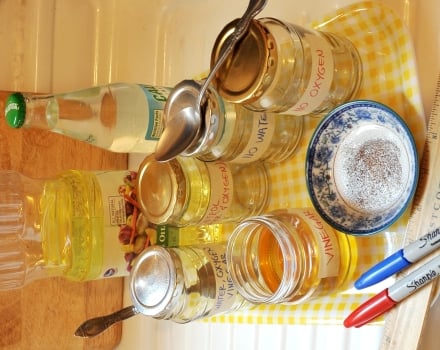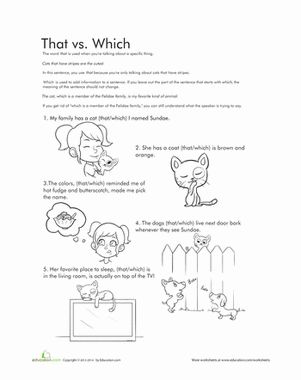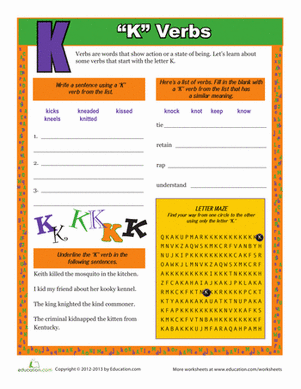Science project
Bust That Rust!
Type
Chemistry
Grade
This project can be done by a variety of different ages. Younger students can experiment with making steel wool pads rust and trying to find substances that might prevent rusting. High school students can appreciate the chemistry involved.
Difficulty of Project
Easy
Cost
$7.00 for poster board and steel wool pads
Approximate time to complete the project
Two weeks
Project Goal
The goal is for all students to learn how rust occurs and how to prevent rusting.
Materials and Equipment
- A box of steel wool pads. Although the soap-less kind is preferable, the ones with soap will work equally well.
- Salt
- Water
- Vinegar
- At least two or three of the following: clear fingernail polish, spray-on car wax, furniture polish, polyurethane finish, and vegetable oil.
- Four saucers or small bowls
Introduction
Rust is a problem almost everywhere in the country except the southwest. It’s the cause of bridges collapsing (such as happened in 1967 when the Silver Bridge in West Virginia collapsed, killing 46 drivers), cars prematurely aging, and fire escapes failing. Even your bicycle is not immune from this problem as fenders often become rusty, especially as water slicks up in this area.
Since rust is such a problem, it’s natural to demand an explanation. Rust occurs as iron oxidizes. This oxidation happens when iron (and its alloys such as steel) is exposed to water or air with high water vapor content. Iron rusts faster when exposed to salt water, which is why salting snowy roads is hard on cars. Likewise, bridges over salt water (such as the Golden Gate Bridge) need more regular maintenance. This is one of the reasons that acid rain caused by pollution is so harmful.
In these experiments, students use steel wood pads to explore how rust occurs. They will have the opportunity to develop their own anti-rust measures, using clear nail polish, spray-on car wax, vegetable oil and other coatings. Background information
Oxidation occurs when an element (in this case, iron) loses an electron. Both water and oxygen are required for oxidation – which is why cars in the dry southwest have so little rust compared to cars in rainy Florida. We see even more rusted-out cars in New England where icy roads are regularly salted. This is because oxidation occurs faster when water is slightly acid.
Iron can be rust-proofed with a variety of water-repellant coatings. In these experiments, students can try various water-repellent substances that encourage water to “bead-up” – therefore minimizing contact with the water.
High school and older middle school students may be interested in learning in learning the chemistry of oxidation.
Chemistry of Oxidation
Oxidation occurs when an element loses an electron. We say that the oxidation state of the element has increased when it loses that electron. Oxidation is the first step in the rusting process:
Fe ? Fe2+ + 2 e-
Here, the 2 e- represents two electrons that were liberated from the iron, leaving a charged iron radical. The charged radical reacts with oxygen in the presence of water as follows:
4 Fe2+ + O2 ? 4 Fe3+ + 2 O2-
Note: in the above reaction, the oxidation state of iron increases from Fe2+ to Fe3+. Since both Fe2+ and Fe3+ are inherently unstable, they will try to spit out hydrogen ions as follows:
H2O ? Fe(OH)2 + 2 H+Fe3+ + 3 H2O ? Fe(OH)3 + 3 H+
The resulting Fe(OH)2 and Fe(OH)3 will lose as water (this is called a dehydration reaction), thereby creating iron oxide (Fe2O3) – which we call rust.
Terms, Concepts and Questions to Start Background Research
- Oxidation
- Iron oxide
- Electron transfer
- Acid
- Rust
Experimental Procedure
Experiment #1
- Dampen a steel wool pad with approximately 2/3 cup regular water and put it in a first saucer.
- Dampen a steel wool pad with approximately 2/3 cup salt water and put it in a second saucer.
- Make a mildly acidic solution by mixing 1/3 cup vinegar with a 1/3 cup water. Use all of this solution to dampen a steel wool pad and put it in a third saucer.
- Leave an undampened steel wool pad in a fourth saucer. This is your control.
- Inspect the steel wool pads at 12 hours, 24 hours, 36 hours, 48 hours, 72 hours and 96 hours. Which pad rusted the fastest? The second fastest? The third fastest? Take pictures of the rusted pads and write up your results.
Experiment #2
- “Pre-treat” steel wool pads by coating them in any of the following: clear nail polish, spray-on car wax, vegetable oil, polyurethane finish, and furniture polish. You do not have to use all of these substances, but try to select at least two. Which do you think will prevent rust the best?
- Dampen your pre-treated steel wood pads with water (just as you did in experiment #1) and put them on a saucer. Come back and observe the steel wool pads at 12 hours, 24 hours, 36 hours, 48 hours, 72 hours, and 96 hours. Which pre-treatment worked the best? Why?
Bibliography
- Wikipedia "Rust"
- How Stuff Works "How Does Rust Work?"
Education.com provides the Science Fair Project Ideas for informational purposes only. Education.com does not make any guarantee or representation regarding the Science Fair Project Ideas and is not responsible or liable for any loss or damage, directly or indirectly, caused by your use of such information. By accessing the Science Fair Project Ideas, you waive and renounce any claims against Education.com that arise thereof. In addition, your access to Education.com's website and Science Fair Project Ideas is covered by Education.com's Privacy Policy and site Terms of Use, which include limitations on Education.com's liability.
Warning is hereby given that not all Project Ideas are appropriate for all individuals or in all circumstances. Implementation of any Science Project Idea should be undertaken only in appropriate settings and with appropriate parental or other supervision. Reading and following the safety precautions of all materials used in a project is the sole responsibility of each individual. For further information, consult your state's handbook of Science Safety.















